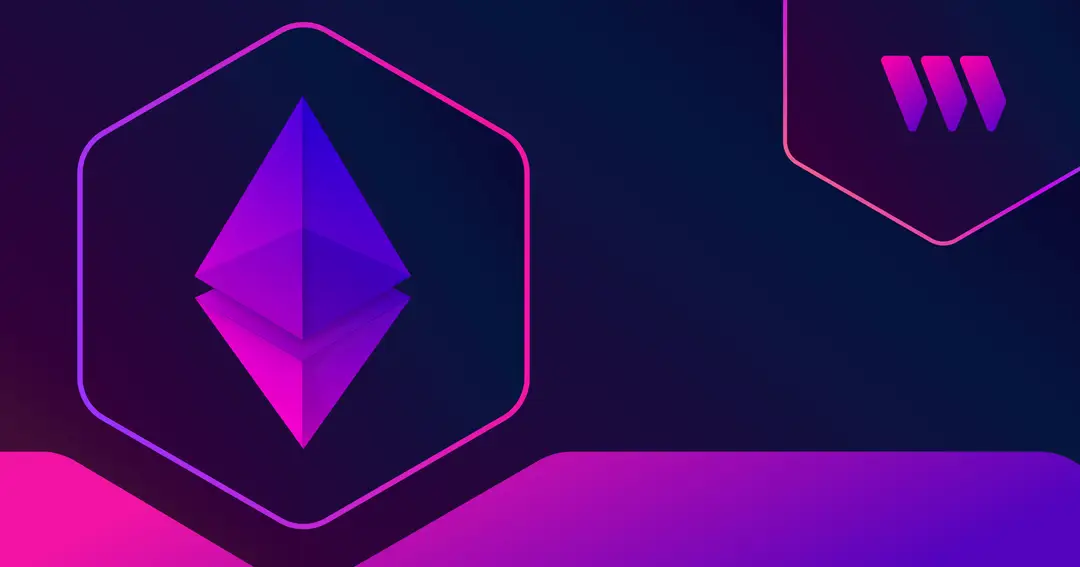返回
Block
Basics
By HackQuest
Sep 6,20243 min readWelcome to the Web3 world, where digital finance and applications are shown in a revolutionary way through the fusion of blockchain technology, cryptocurrencies, and a pioneering spirit. Are you overwhelmed by the wealth of terms in the Web3 world that you don’t understand? Are those slangs barriers for you to learn about Web3? Don’t worry! We’re here to explain the obscure terms to guide your learning. Today, we're diving into an essential concept in the world of Web3: [Block].
Definition and Overview
A Block is a fundamental component of blockchain technology, serving as a container for a set of transactions that are added to the blockchain in a linear, chronological order. Each block contains a unique identifier called a hash, a reference to the previous block (parent block), and the transaction data. The sequence of blocks forms the blockchain, ensuring the integrity and security of the data through cryptographic techniques.

Source: Thirdweb
Technical Composition
Each block in a blockchain network contains several key components:
●Header: The block header includes metadata such as the block's hash, the hash of the previous block, a timestamp, and a nonce used in mining.
●Transaction List: A block contains a list of transactions that have been validated and grouped together for inclusion in the blockchain.
●Merkle Tree Root: This is a hash that represents the root of the Merkle tree, which is used to efficiently and securely verify the transactions within the block.
Core Functions
1.Transaction Recording: Blocks record all validated transactions within a certain timeframe, ensuring they are permanently stored on the blockchain.
2.Security and Integrity: By linking each block to the previous one using cryptographic hashes, the blockchain ensures data integrity and security against tampering.
3.Consensus Mechanism: Blocks are created and added to the blockchain through consensus mechanisms like Proof of Work (PoW) or Proof of Stake (PoS), ensuring decentralized and secure validation of transactions.
Use Cases
Cryptocurrency Transactions
Description: Blocks are used to record and verify cryptocurrency transactions, ensuring they are securely and immutably stored on the blockchain.
Examples: Bitcoin and Ethereum blockchains record transactions involving their respective cryptocurrencies, BTC and ETH.
Advantages: Provides a transparent, secure, and tamper-proof ledger for all cryptocurrency transactions, enhancing trust and security.
Description: Blocks can contain transactions that involve the execution of smart contracts, automating and enforcing contractual agreements.
Examples: Ethereum blocks record smart contract executions, facilitating decentralized applications (dApps) and automated transactions.
Advantages: Enables the creation and execution of smart contracts, ensuring they are immutable and transparently recorded on the blockchain.
Data Integrity
Description: Blocks are used to ensure the integrity of data stored on the blockchain, providing a verifiable and tamper-proof record of all transactions.
Examples: Supply chain management systems use blockchain blocks to track the provenance and movement of goods, ensuring transparency and trust.
Advantages: Enhances data integrity and security, preventing unauthorized modifications and ensuring a trustworthy record of all activities.
Importance in Web3 Ecosystem
Blocks are critical to the Web3 ecosystem, forming the backbone of blockchain technology. By securely recording transactions and data, blocks ensure the integrity, transparency, and security of the blockchain. They enable decentralized networks to operate efficiently and securely, fostering trust and innovation in the Web3 space.
User Experience and Innovations
Blocks improve user experience by providing a transparent and secure record of all transactions and activities on the blockchain. Innovations such as efficient consensus mechanisms and advanced cryptographic techniques continue to enhance the functionality and performance of blocks, making blockchain technology more accessible and effective for a wide range of applications.

Source: Variety
Challenges
Despite their advantages, blocks face challenges such as scalability, storage requirements, and energy consumption (especially in PoW systems). Addressing these challenges requires ongoing research and development, as well as the adoption of more efficient consensus mechanisms and storage solutions.
Conclusion
Blocks are a fundamental component of blockchain technology, ensuring the secure and transparent recording of transactions and data. By understanding and leveraging blocks, developers and stakeholders can enhance the functionality and security of decentralized applications and networks. As Web3 continues to evolve, blocks will remain a critical element in supporting the growth and adoption of blockchain technology.